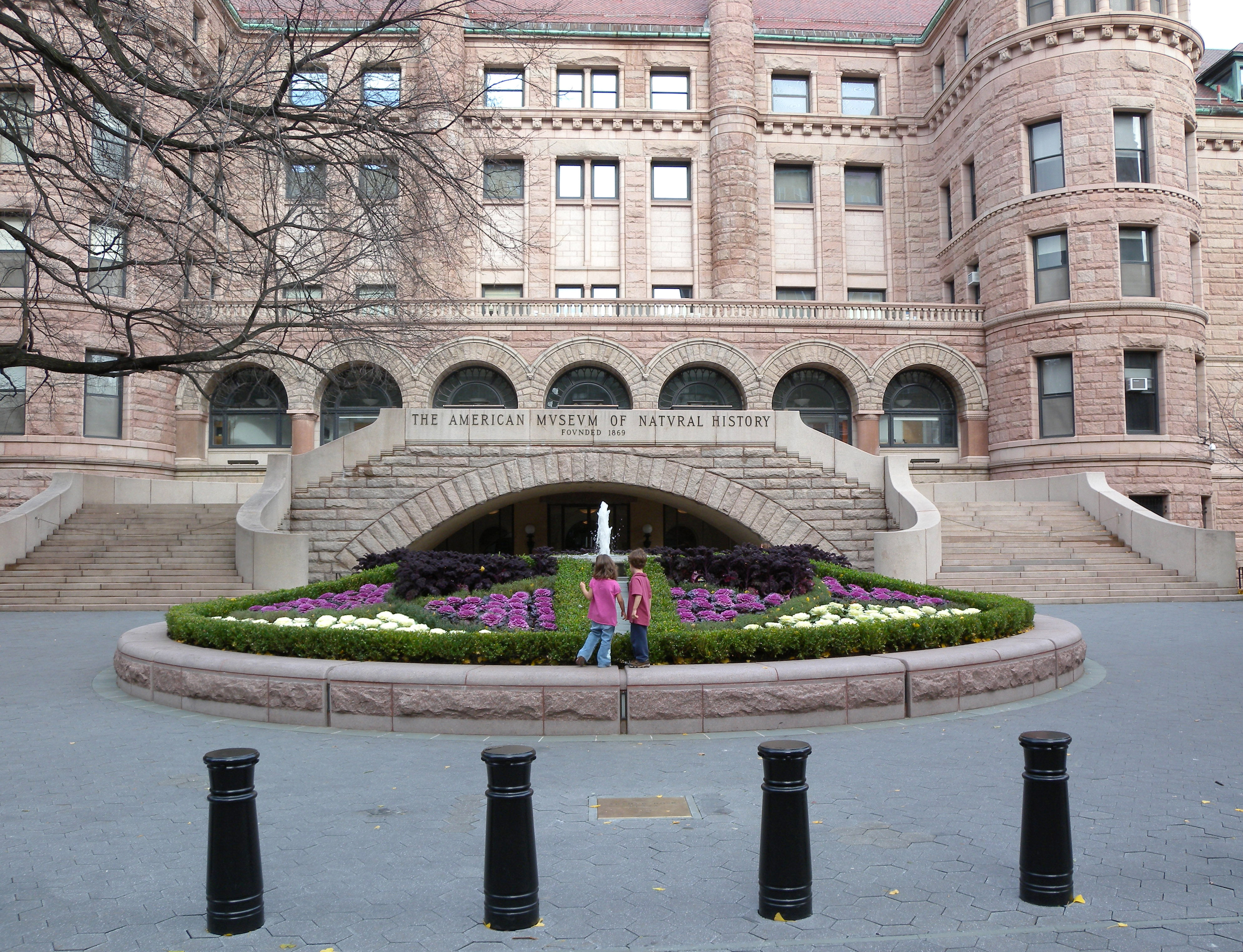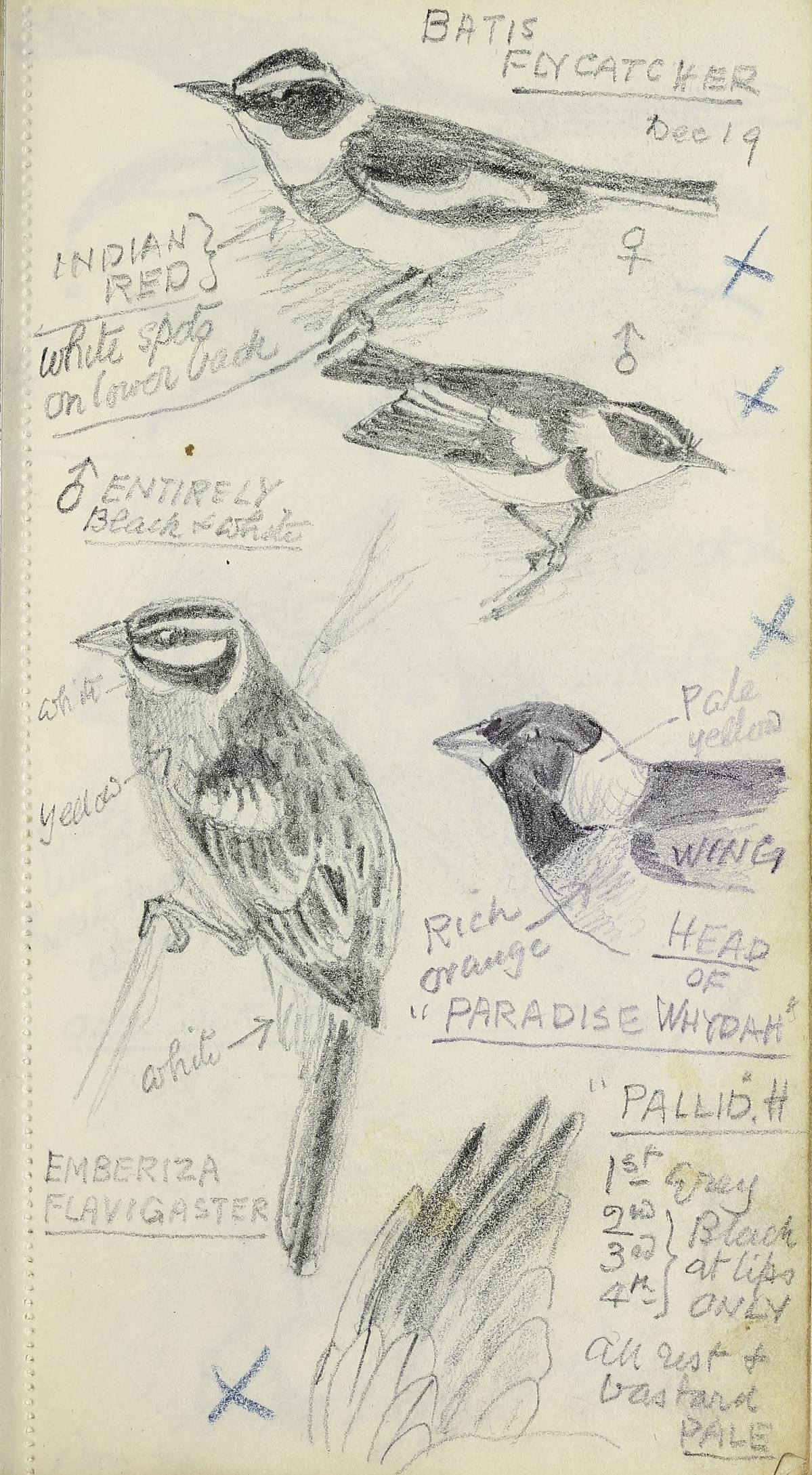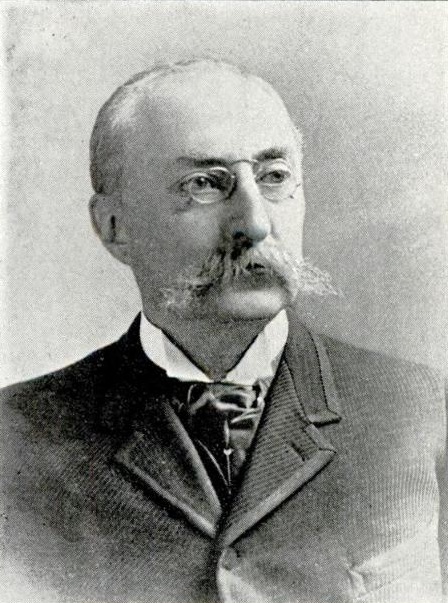|
Pipe Bag
A pipe bag or tobacco bag is a common item used by some Native American ceremonial people. A pipe bag may be used to carry a sacred pipe, such as a Chanunpa. Styles Although styles and sizes vary between Nations, geographical locations, and medicine societies, many have certain elements in common: a long neck of cloth or leather, a rim which is often beaded or quilled, a lower panel, or pouch, also beaded or quilled, and a fringe at the bottom. Some bags are left unadorned. Many of the more recent bags have a quilled "slat panel" between the pouch and the fringe, while many of the older ones do not. Examples and symbolism The Sioux Quilled Pipe Bag at left is decorated with quillwork forming flora and fauna, buffalo and caterpillars. The "cocoon" design symbolizes spiritual and physical transformation, and the Sioux spirit Yumni, the whirlwind, responsible for the four directions of the world.Walker, James R. (1917) "The Sun Dance and Other Ceremonies of the Oglala Divisi ... [...More Info...] [...Related Items...] OR: [Wikipedia] [Google] [Baidu] |
Indigenous Peoples Of The Americas
In the Americas, Indigenous peoples comprise the two continents' pre-Columbian inhabitants, as well as the ethnic groups that identify with them in the 15th century, as well as the ethnic groups that identify with the pre-Columbian population of the Americas as such. These populations exhibit significant diversity; some Indigenous peoples were historically hunter-gatherers, while others practiced agriculture and aquaculture. Various Indigenous societies developed complex social structures, including pre-contact monumental architecture, organized city, cities, city-states, chiefdoms, state (polity), states, monarchy, kingdoms, republics, confederation, confederacies, and empires. These societies possessed varying levels of knowledge in fields such as Pre-Columbian engineering in the Americas, engineering, Pre-Columbian architecture, architecture, mathematics, astronomy, History of writing, writing, physics, medicine, Pre-Columbian agriculture, agriculture, irrigation, geology, minin ... [...More Info...] [...Related Items...] OR: [Wikipedia] [Google] [Baidu] |
Ceremonial Pipe
A ceremonial pipe is a particular type of smoking pipe (tobacco), smoking pipe, used by a number of cultures of the indigenous peoples of the Americas in their sacred ceremonies. Traditionally they are used to offer prayers in a religious ceremony, to make a ceremonial commitment, or to seal a Covenant (historical), covenant or treaty. The pipe ceremony may be a component of a larger ceremony, or held as a sacred ceremony in and of itself. Indigenous peoples of the Americas who use ceremonial pipes have names for them in each culture's Indigenous language. Not all cultures have pipe traditions, and there is no single word for all ceremonial pipes across the hundreds of diverse Native American languages. Use in ceremonies Although often called "peace pipes" by Europeans (and, specifically, ''calumet de la paix'', by the French), the smoking of a ceremonial pipe to seal a peace treaty is only one use of a ceremonial smoking pipe, by only some of the nations that utilize them. Vari ... [...More Info...] [...Related Items...] OR: [Wikipedia] [Google] [Baidu] |
Chanunpa
Chanunpa (, ''Chanupa'', or ''Canupa'') is the Lakota language name for the sacred, ceremonial pipe and the ceremony in which it is used. The pipe ceremony is one of the Seven Sacred Rites of the Lakota people. Lakota tradition has it that White Buffalo Calf Woman brought the chanunpa to the people, as one of the Seven Sacred Rites, to serve as a sacred bridge between this world and Wakan Tanka, the "Great Mystery". The chanunpa is one means of conveying prayers to the Creator and the other sacred beings. The various parts of the pipe have symbolic meanings, and much of this symbolism is not shared with those outside the culture. While sacred pipes of various designs are used in ceremonies by a number of different Indigenous peoples of the Americas, chanunpa is specifically the Lakota name for their type of ceremonial pipe and ceremony. Other nations have their own names for their pipes and ceremonies, in their particular Indigenous languages. References See also *Ceremonial ... [...More Info...] [...Related Items...] OR: [Wikipedia] [Google] [Baidu] |
Beadwork
Beadwork is the art or craft of attaching beads to one another by stringing them onto a thread or thin wire with a sewing or beading needle or sewing them to cloth. Beads are produced in a diverse range of materials, shapes, and sizes, and vary by the kind of art produced. Most often, beadwork is a form of personal adornment (e.g. jewelry), but it also commonly makes up other artworks. Beadwork techniques are broadly divided into several categories, including loom and off-loom weaving, stringing, bead embroidery, bead crochet, bead knitting, and bead tatting. Ancient beading The art of creating and utilizing beads is ancient, and ostrich shell beads discovered in Africa can be carbon-dated to 10,000 BC. Faience beads, a type of ceramic created by mixing powdered clays, lime, soda, and silica sand with water until a paste forms, then molding it around a stick or straw and firing until hard, were notably used in ancient Egyptian jewelry from the First Dynasty (beginning ... [...More Info...] [...Related Items...] OR: [Wikipedia] [Google] [Baidu] |
Quillwork
Quillwork is a form of textile embellishment traditionally practiced by Indigenous peoples of the Americas, Indigenous peoples of North America that employs the Spine (zoology), quills of porcupines as an aesthetic element. Quills from bird feathers were also occasionally used in quillwork. History Porcupine quillwork is an art form unique to North America. Before the introduction of glass beads, quillwork was a major decorative element used by the peoples who resided in the porcupine's natural habitat,Gillow and Sentance 223 which included indigenous peoples of the Subarctic, indigenous peoples of the Northeastern Woodlands, Northeastern Woodlands, and Northern Plains. The use of quills in designs spans from Maine to Alaska.Orchard Quillworking tools were discovered in Alberta, Canada and date back to the 6th century CE. Cheyenne oral history, as told by Picking Bones Woman to George Bird Grinnell, says quilling came to their tribe from a man who married a woman, who hid her tru ... [...More Info...] [...Related Items...] OR: [Wikipedia] [Google] [Baidu] |
Sioux Quilled Tobacco Bag
The Sioux or Oceti Sakowin ( ; Dakota language, Dakota/Lakota language, Lakota: ) are groups of Native Americans in the United States, Native American tribes and First Nations in Canada, First Nations people from the Great Plains of North America. The Sioux have two major Siouan languages, linguistic divisions: the Dakota people, Dakota and Lakota peoples (translation: referring to the alliances between the bands). Collectively, they are the , or . The term ''Sioux'', an exonym from a French language, French transcription () of the Ojibwe language, Ojibwe term , can refer to any ethnic group within the Great Sioux Nation or to any of the nation's many language dialects. Before the 17th century, the Santee Dakota (: , also known as the Eastern Dakota) lived around Lake Superior with territories in present-day northern Minnesota and Wisconsin. They gathered wild rice, hunted woodland animals, and used canoes to fish. Wars with the Ojibwe throughout the 18th century pushed the D ... [...More Info...] [...Related Items...] OR: [Wikipedia] [Google] [Baidu] |
Northern Plains Pipe Bag Ca
Northern may refer to the following: Geography * North, a point in direction * Northern Europe, the northern part or region of Europe * Northern Highland, a region of Wisconsin, United States * Northern Province, Sri Lanka * Northern Range, a range of hills in Trinidad * Northern State (Sudan), one of the 18 wilayat (states) of Sudan Schools * Northern Collegiate Institute and Vocational School (NCIVS), a school in Sarnia, Canada * Northern Secondary School, Toronto, Canada * Northern Secondary School (Sturgeon Falls), Ontario, Canada * Northern University (other), various institutions * Northern Guilford High School, a public high school in Greensboro, North Carolina Companies * Arriva Rail North, a former train operating company in northern England * Chemins de fer du Nord (Northern Railway Company), a former rail transport company in northern France * Nord-Aviation (Northern Aviation), a former state-owned French aircraft manufacturer. * Compañía de los Caminos d ... [...More Info...] [...Related Items...] OR: [Wikipedia] [Google] [Baidu] |
American Museum Of Natural History
The American Museum of Natural History (AMNH) is a natural history museum on the Upper West Side of Manhattan in New York City. Located in Theodore Roosevelt Park, across the street from Central Park, the museum complex comprises 21 interconnected buildings housing 45 permanent exhibition halls, in addition to a planetarium and a library. The museum collections contain about 32 million specimens of plants, animals, fungi, fossils, minerals, rocks, meteorites, human remains, and human cultural artifacts, as well as specialized collections for frozen tissue and genomic and astrophysical data, of which only a small fraction can be displayed at any given time. The museum occupies more than . AMNH has a full-time scientific staff of 225, sponsors over 120 special field expeditions each year, and averages about five million visits annually. The AMNH is a private 501(c)(3) organization. The naturalist Albert S. Bickmore devised the idea for the American Museum of Natural History in 1 ... [...More Info...] [...Related Items...] OR: [Wikipedia] [Google] [Baidu] |
Clark Wissler
Clark David Wissler (September 18, 1870 – August 25, 1947) was an American anthropologist, ethnologist, and archaeologist. Early life Clark David Wissler was born in Cambridge City, Indiana on September 18, 1870 to Sylvania (née Needler) and Benjamin Franklin Wissler. After graduating from Hagerstown High School, he taught in local schools between 1887 and 1892, and studied at Purdue University after the six-month school term ended. The following year in 1893 he was the principal of Hagerstown High School, and then he resigned his post and enrolled in Indiana University. Education Wissler received a Bachelor of Arts in Experimental Psychology from Indiana University in 1897 and a Master of Arts in 1899. He continued his psychology graduate work under James McKeen Cattell at Columbia University. He received his Doctor of Philosophy in psychology from Columbia in 1901. From 1901 to 1903 Wissler performed research on individual mental and physical differences. Wissler's doctora ... [...More Info...] [...Related Items...] OR: [Wikipedia] [Google] [Baidu] |
Fieldnotes
Fieldnotes refer to qualitative notes recorded by scientists or researchers in the course of field research, during or after their observation of a specific organism or phenomenon they are studying. The notes are intended to be read as evidence that gives meaning and aids in the understanding of the phenomenon. Fieldnotes allow researchers to access the subject and record what they observe in an unobtrusive manner. One major disadvantage of taking fieldnotes is that they are recorded by an observer and are thus subject to (a) memory and (b) possibly, the conscious or unconscious bias of the observer. It is best to record fieldnotes while making observations in the field or immediately after leaving the site to avoid forgetting important details. Some suggest immediately transcribing one's notes from a smaller pocket-sized notebook to something more legible in the evening or as soon as possible. Errors that occur from transcription often outweigh the errors which stem from illegibl ... [...More Info...] [...Related Items...] OR: [Wikipedia] [Google] [Baidu] |
Dust Cloud
Fugitive dust is an environmental air quality term for very small particles suspended in the air, primarily mineral dust that is sourced from the soil of Earth's pedosphere. A significant volume of fugitive dust that is visible from a distance is known as a ''dust cloud'', and a large dust cloud driven by a gust front is known as a dust storm. Fugitive dust particles are mainly minerals common to soil, including silicon oxides, aluminum oxides, calcium carbonates and iron oxides. About half of fugitive dust particles are larger than 10 micrometres in diameter and settle more quickly than the smaller particles. It does not include particulate matter from other common artificial sources such as vehicle exhaust, burn piles or smokestacks. The term is used to denote that the dust "escapes" into the atmosphere rather than being exhausted in a "confined flow stream" from a "ducted emitter" (an exhaust pipe or chimney). The U.S. Environmental Protection Agency estimated that fugitive ... [...More Info...] [...Related Items...] OR: [Wikipedia] [Google] [Baidu] |
Garrick Mallery
Garrick Mallery (April 25, 1831 in Wilkes-Barre, Pennsylvania – October 24, 1894) was an American ethnologist specializing in Plains Indian Sign Language, Native American sign language and pictographs. Family His father was Judge Garrick Mallery (judge), Garrick Mallery, who was born April 17, 1784, and graduated at Yale College in 1808. He was a member of the Pennsylvania legislature from 1827 to 1830, and was distinguished for the zeal with which he promoted prison reform. In 1831 he was appointed judge of the third judicial district, composed of the Pennsylvania counties of Berks County, Pennsylvania, Berks, Northampton County, Pennsylvania, Northampton, and Lehigh County, Pennsylvania, Lehigh. He resigned from the bench in 1836 and removed to Philadelphia, where he practiced as a lawyer for many years. He died in Philadelphia on July 6, 1866. Garrick's mother was the judge's second wife. She was descended from John Harris Jr. (settler), John Harris, Jr., the founder of ... [...More Info...] [...Related Items...] OR: [Wikipedia] [Google] [Baidu] |







